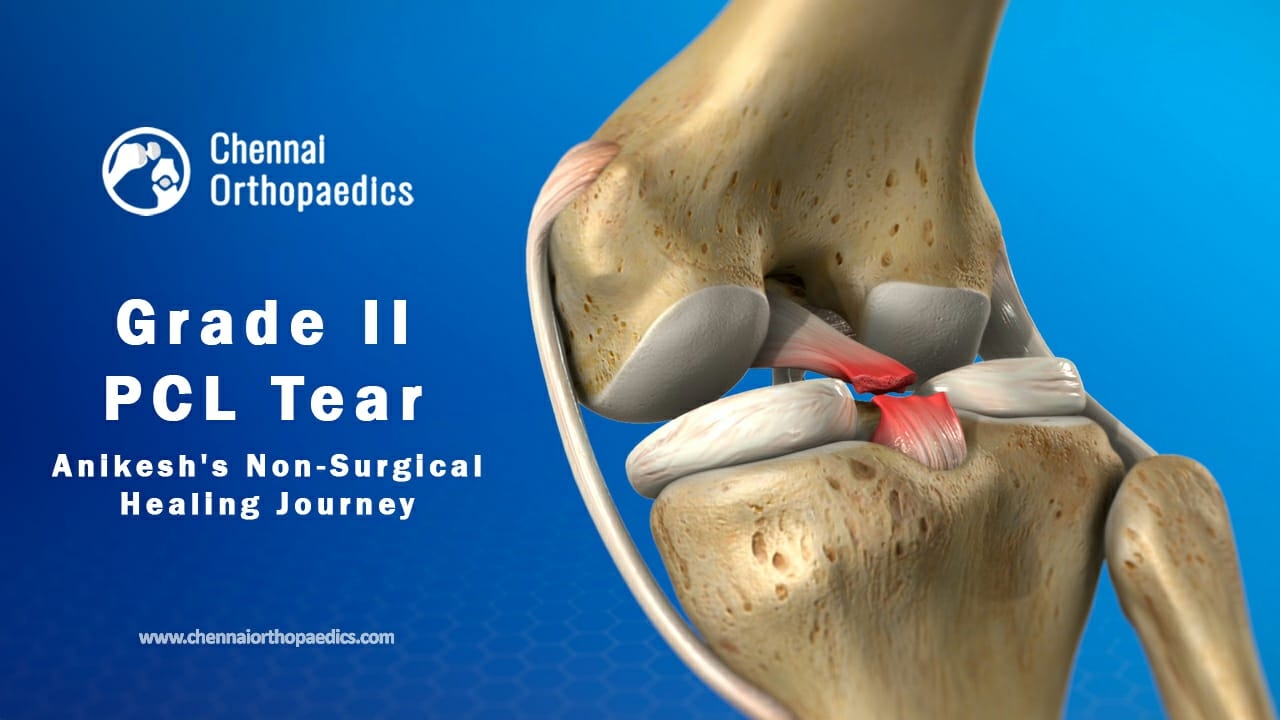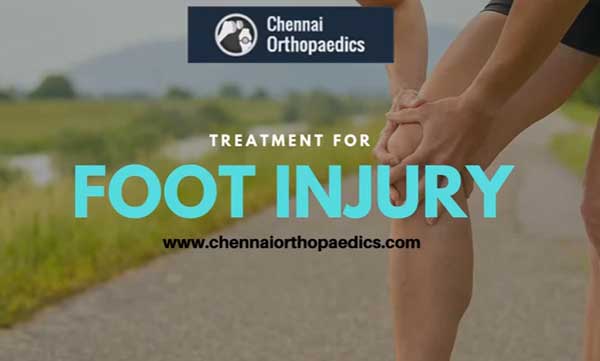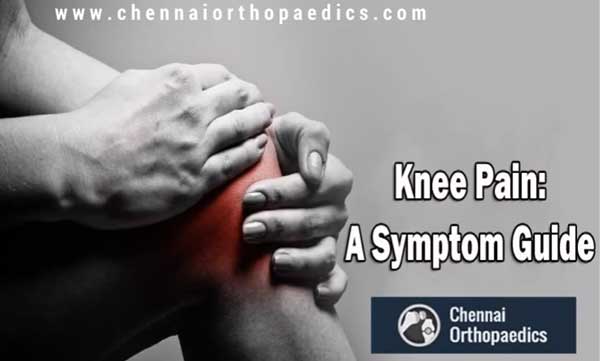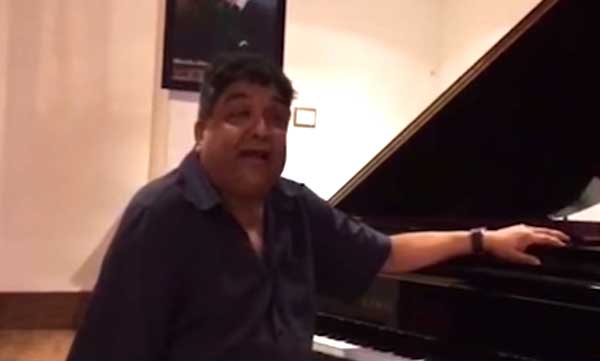Date :29-Sep-2023
Anikesh was driving when he was involved in an accident. Anikesh was fortunate to have escaped with only minor injuries, but he was left with what is known as a dashboard knee injury. "I had no idea what a dashboard injury was until the doctor told me. As far as I was concerned, I had a swollen knee after the accident and I was in a lot of pain,” says Anikesh. Any blunt force trauma that causes damage to the posterior cruciate ligament (PCL) is referred to as a dashboard knee injury. It is most commonly observed in car accident victims who have rammed their knees into the dashboard hence the name dashboard knee injury.

The emergency doctor who treated Anikesh referred him to Dr. Bharani Kumar Dayanandam. Anikesh had a posterior cruciate ligament (PCL) tear, according to the senior orthopaedic surgeon and trauma consultant at Chennai Orthopaedics. "PCL tears are much rarer injuries than Anterior cruciate ligament (ACL) injuries," says Dr. Bharani Kumar.
Dr. Bharani Kumar discusses the importance of posterior ligaments in maintaining knee structure. The knee is composed of three bones: the thighbone, the shinbone, and the kneecap. The collateral and cruciate ligaments hold them together. There are two types of cruciate ligaments: anterior and posterior, which form an X on the inside of the knee. The posterior cruciate ligaments (PCL) are located at the back of the X and serve to keep the shinbone from moving too far to the back of the kneecap. "To put it simply, the PCL keeps your knee in place and prevents it from sagging backward," Dr. Bharani Kumar explains.
"Severe force is required for a PCL injury to occur; therefore, it is frequently accompanied by other injuries," explains Dr. Bharani Kumar. PCL injuries are classified into three grades based on the severity of the tear: grade I, grade II, and grade III. Anikesh sustained a grade II injury as a result of the car accident, which meant he had a complete tear of the PCL but no other injuries.
In general, PCL heals on its own. As a result, grade I and II PCL tears are treated non-surgically. RICE therapy, which consists of rest, icing, compression, and elevation, usually alleviates the swelling and pain associated with PCL injury. Apart from this, Dr. Bharani Kumar put Anikesh’s injured knee in a cast for a period of 6 weeks. “Putting a cast ensured that the knee remains immobilized, giving the PCL enough time to recover and heal,” says Dr. Bharani Kumar.
Anikesh has now fully recovered from both the car crash trauma and the PCL injury that resulted from it. He is currently undergoing physiotherapy under the expert supervision of Dr. Bharani Kumar in order to regain full movement and strength in his knee. "Physiotherapy is critical to ensuring that the thigh muscles are strong enough to support the healing PCL," says Dr. Bharani Kumar.
Authored by Dr Bharani Kumar Dayanandam, MBBS, Orthopaedic Surgeon














